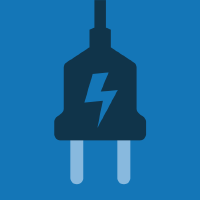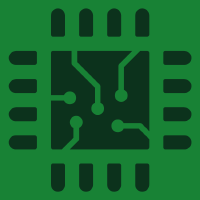Topic Menu
► Topic MenuTopic Editors

Coil, Circuit and Control Designs for Future Wireless Power Transfer Systems in Electric Vehicle Applications

Topic Information
Dear Colleagues,
There is a global consensus to promote using Electric Vehicles (EVs) to replace traditional combustion vehicles in order to help combat climate change. The dawn of the EV era and subsequent self-driving systems have also prompted the urgent development of advanced self-commissioning wireless charging technologies. For mobile devices, such as automated guided vehicles, drones, lawnmowers, and vacuum cleaners, being charged with wireless power can save CO2 emissions and electronic waste due to higher energy utilization and less cable usage. Existing wireless charging standards, such as “Qi” and “Rezence”, are set for 5 W to 200 W low-power applications with one-dimensional planar coils. These standards need to evolve with new wireless power transfer (WPT) technologies for emerging medium-power and high-power applications with a larger spatial freedom because 1% improvements of energy transfer efficiency, charging time, and lifecycles may be negligible for low-power applications but lead to carbon reduction in high-power applications.
This topic hopes to bridge this knowledge gap by compiling a series of new control technologies of coil, circuit, and control designs for emerging EV applications, which have great potential to be included in next-generation wireless charging standards. Taking advantage of these technological developments, the outcomes of this project will facilitate the large-scale adoption of wireless-powered EVs, which will help reduce CO2 emissions and electronic waste.
Dr. Yun Yang
Prof. Dr. Ka Wai Eric Cheng
Topic Editors
Keywords
- electric vehicle;
- wireless power transfer;
- coil design;
- power converters;
- control
Participating Journals
| Journal Name | Impact Factor | CiteScore | Launched Year | First Decision (median) | APC |
|---|---|---|---|---|---|

Applied Sciences
|
2.7 | 4.5 | 2011 | 16.9 Days | CHF 2400 |

Electronics
|
2.9 | 4.7 | 2012 | 15.6 Days | CHF 2400 |

Energies
|
3.2 | 5.5 | 2008 | 16.1 Days | CHF 2600 |

Journal of Low Power Electronics and Applications
|
2.1 | 3.1 | 2011 | 22.2 Days | CHF 1800 |

World Electric Vehicle Journal
|
2.3 | 3.7 | 2007 | 14.1 Days | CHF 1400 |

Electricity
|
- | - | 2020 | 20.3 Days | CHF 1000 |

Chips
|
- | - | 2022 | 15.0 days * | CHF 1000 |
* Median value for all MDPI journals in the second half of 2023.

MDPI Topics is cooperating with Preprints.org and has built a direct connection between MDPI journals and Preprints.org. Authors are encouraged to enjoy the benefits by posting a preprint at Preprints.org prior to publication:
- Immediately share your ideas ahead of publication and establish your research priority;
- Protect your idea from being stolen with this time-stamped preprint article;
- Enhance the exposure and impact of your research;
- Receive feedback from your peers in advance;
- Have it indexed in Web of Science (Preprint Citation Index), Google Scholar, Crossref, SHARE, PrePubMed, Scilit and Europe PMC.


